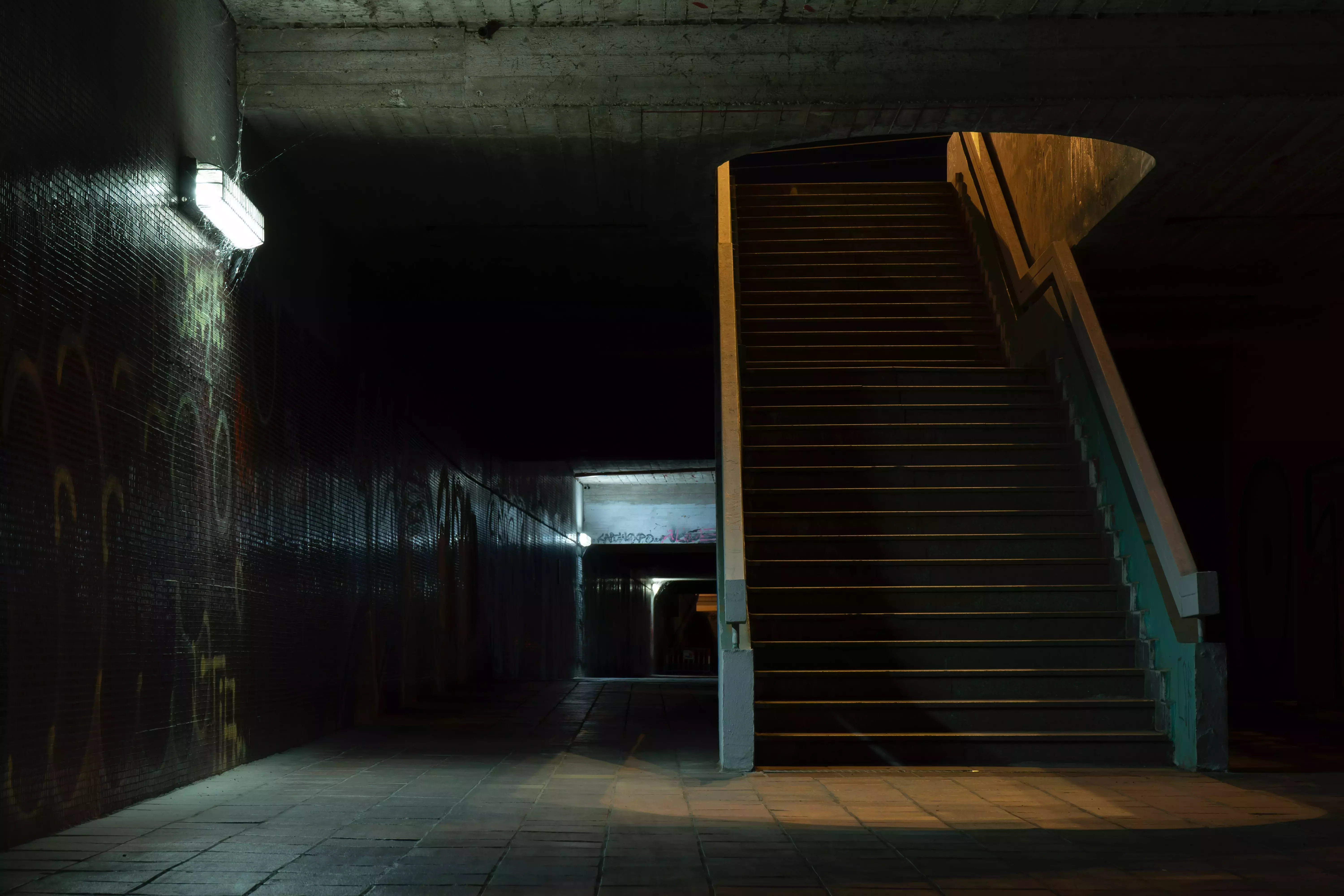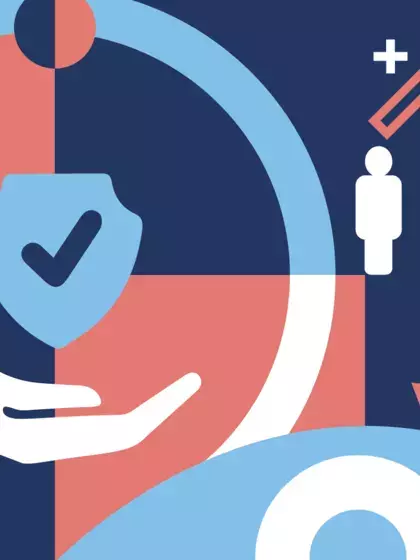What have criminals got against light?

Every year, thousands of millions of light bulbs or lamps are manufactured around the world. Although traditional incandescent bulbs are being replaced with more efficient and long-lasting LED lights, their function remains the same: they shine.
We are sure that ever since Thomas Alva Edison introduced the first light bulb around 1879, this invention has made our lives easier. We are not sure of the number of sexual assaults; how many robberies or homicides have been prevented by this apparently innocuous object.
Light is one of the greatest partners for city safety,... and one of criminals' greatest adversaries, forcing them to think twice before committing a crime in well-lit areas.
In fact, this is one of the recommendations of the recently completed course on Citizen Security, Justice and Social Cohesion on the TrainAction platform hosted by the InfoSegura Regional Project, an initiative of the United Nations Development Programme (UNDP) in Latin America and the Caribbean in collaboration with the United States Agency for International Development (USAID).
Specifically, the course points out that installing LED-type lighting in neighborhoods, parks and streets should be a priority in any citizen security program that local governments carry out to reduce crime and insecurity.
For one thing, living in well-lit areas has a great social impact, because light creates a perception of safety among citizens and generates community living dynamics. Additionally, white LED lighting helps with facial recognition and enhances the perception of colors, both for the naked eye and surveillance cameras.
The lack of lighting can also lead to accidents, particularly involving bicycles, skateboards and pedestrians either falling or getting into a collision due to the absence of strong enough lighting to be seen, or for instance, to see the condition of the roadway.
We cannot forget that new LED lighting saves energy, and therefore leads to a reduction in CO2 emissions.
A study by Crime Lab New York a few years ago, revealed that an increase in lighting in some randomly-selected crime hotspots around the city, led to a seven percent reduction in major crimes like homicides, robbery and aggravated assault, as well as certain property crimes. Specifically, the decline was 39% at night.
In Latin America, examples abound showing that improving lighting in cities contributes to reducing crime.
- Santo Domingo, the Dominican Republic. In the Dominican capital, buildings were renovated, lighting enhanced and cultural tourism encouraged in the town's colonial district.
- San Pedro Sula, Honduras. The authorities' crime reduction efforts include installing more efficient lighting systems in streets and parks, rehabilitating green areas, and promoting community activities. As a result, there has been a noticeable decline in the number of crimes, while the perception of safety in certain parts of the city has improved.
- Montevideo, Uruguay. The development of new public spaces and recreational areas, such as the Rambla de Montevideo avenue, with well-kept green areas and, above all, adequate lighting, contribute to creating a safe and attractive environment for citizens.
- Quito, Ecuador, with urban regeneration projects in the historic downtown area, renovating buildings, enhancing lighting and promoting cultural activities there.
- Aguascalientes, Mexico. The authorities changed yellow lighting to white in certain areas of the city. Citizens have been able to take advantage of the spaces and there has been up to a 40 percent reduction in crime incidence.
The evidence reinforces the idea that efficient and well-planned lighting can discourage criminals who feel more vulnerable, while it makes environments safer for residents. Adequate lighting not only enhances visibility, it also encourages natural watchfulness, fosters a sense of ownership over public spaces, and promotes a greater sense of community.
Let's not forget that good urban lighting has to go hand-in-hand with comprehensive security strategies that include collaboration between police forces, social development, education, citizen engagement and addressing the underlying causes of crime.





